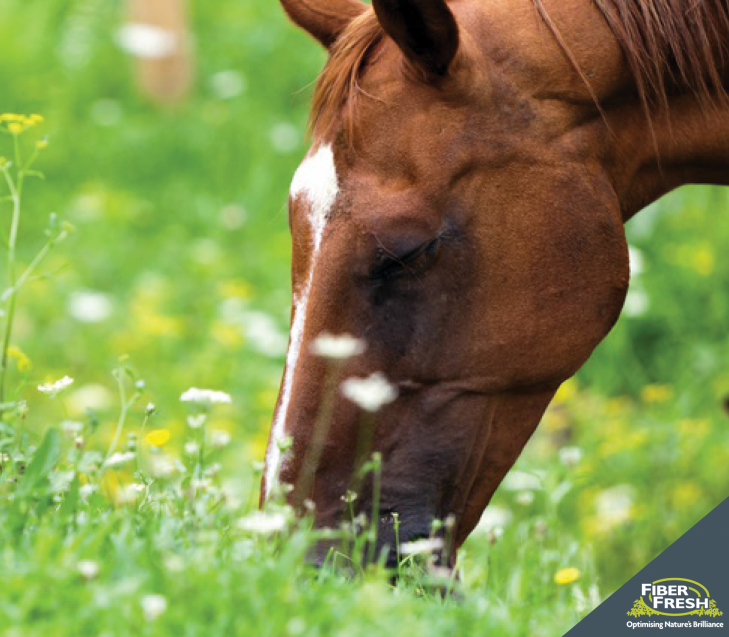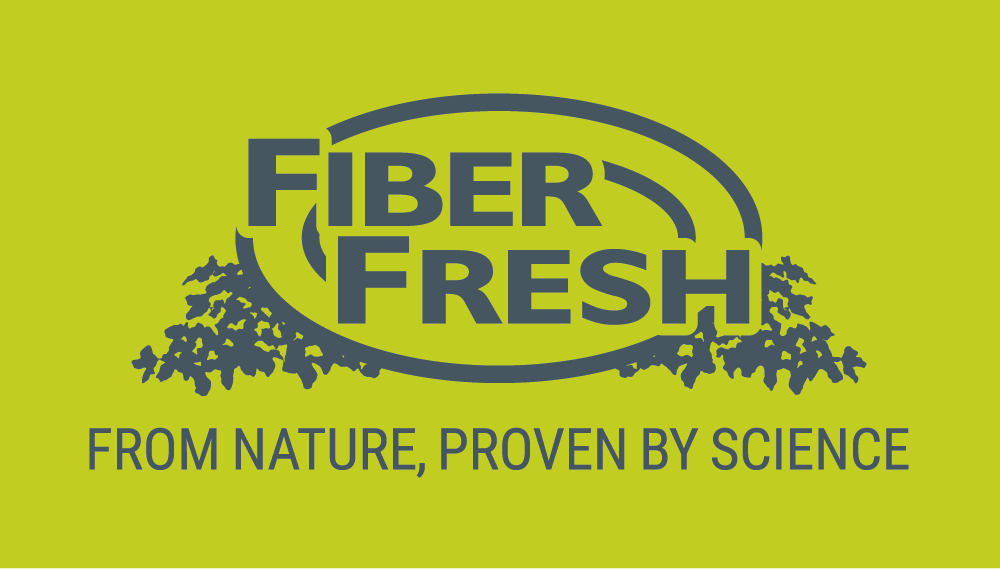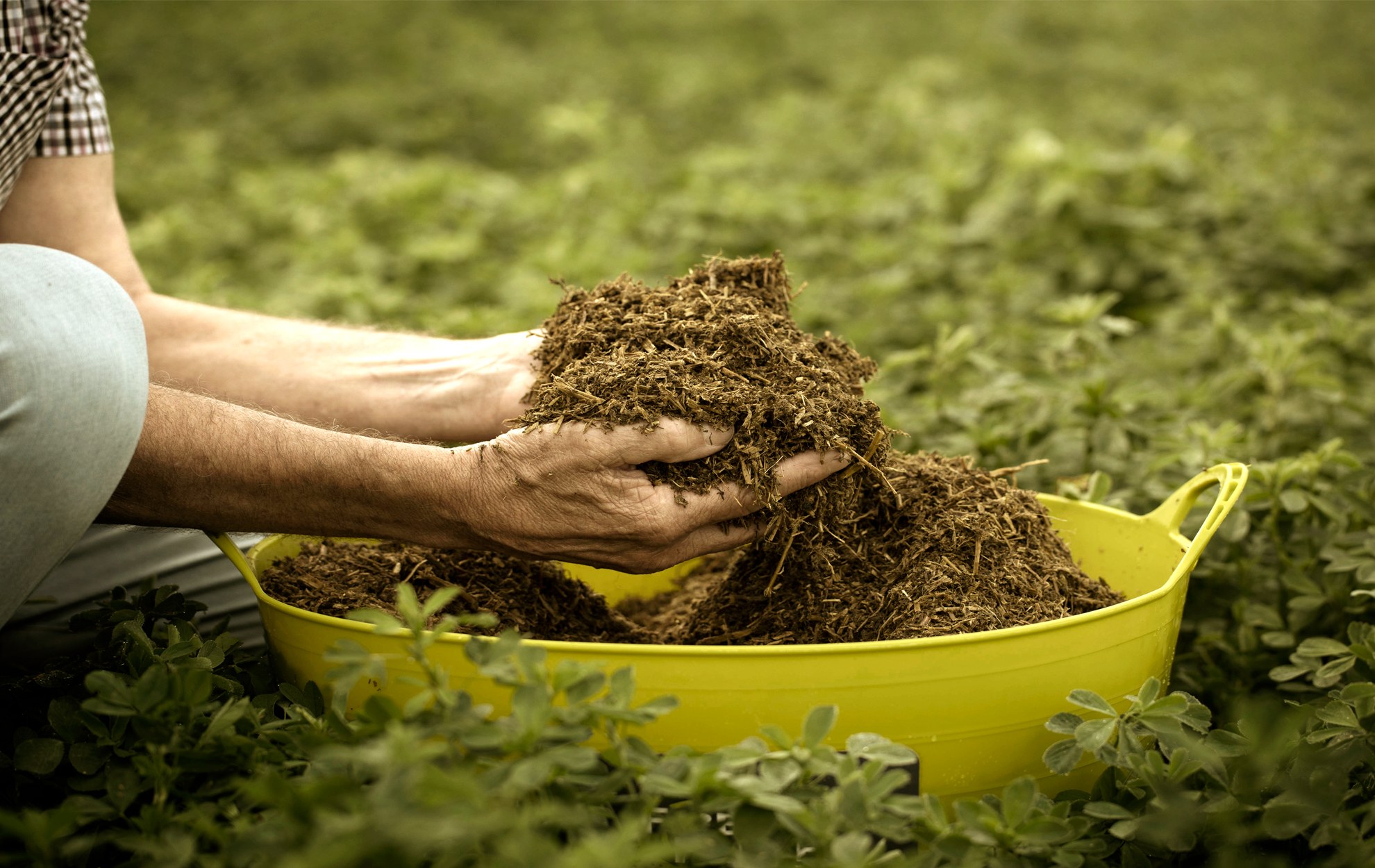
During the months August through to November (expecting regional variations), our horses are generally feeling good, and sometimes too good! It is also the time of the year when we want to get out riding and enjoy our horses – but sometimes these two things don’t go ‘hand in hand’!
While there can be many things that contribute to this, the emergence of ‘spring’ grass can have our horses exhibiting fire-breathing monster like behaviour (which is not always the most cooperative or obliging). The almost sudden increase in availability of grass forage and the lack of demanding exercise sessions ends up a frustration for many horse owners and riders. A well-recognised culprit is the sheer abundance of lush grass, containing higher levels of sugars - compared to what is found during the cooler months or in the middle of summer when rainfall is scarce.
During late August and into September and October, the delicious green stuff is quite literally jumping out of the ground. Combining longer day length, the increased light intensity, and coupled with some good spring rain, the sugar levels found in pasture are significantly different to all other seasons (Hirst RL 2012). With an increase in the abundance of pasture there will be plenty of sugar available to our equine friend. When pasture is short sugars will still be present but more like a ‘short black’ in intensity and not as abundant.
Many horses don’t cope well behaviourally with the elevated sugar levels. Fructans are sugars that are indigestible to normal enzymatic digestion. These fructans make their way to the hindgut where they are fermented, resulting in rapid production of Lactic Acid and Volatile Fatty Acids. This increase in Lactic Acid production results in a drop of hindgut pH. The subsequent microbial disturbances which can be represented by very loose manure, low grade colic, laminitis and in some instances, quite a significant behavioural change.
Alternatively, other horses may just feel good due to the energy coming from the increase in pasture availability.
Remember to look back on our blogs if your area is still experiencing frosts – these can be a source of concentrated sugars as the plants thaw.
What to do?
Restricting pasture access will obviously decrease the horses’ access to sugars, but it will also decrease the all-important fibre requirement they have. Reducing pasture might be done by taking horses off pasture altogether or by using a grazing muzzle.
Restricting pasture intake can be beneficial, however, it is crucial importance that the horse’s fibre requirements are still met. Every day, a horse requires a minimum of 1.5% of their body weight in fibre dry matter. Ideally providing forage/fibre sources that are significantly lower in sugars and energy than spring pasture will help to negate the horse’s diet becoming too high in both energy (and sugars) and resulting in behavioural or digestive upsets.
How much grass does your horse eat?
Grass typically contains 80-85% water, and the remaining components are termed the ‘dry matter’ fraction. The dry matter fraction contains fibre, sugar, fats, proteins, vitamins and minerals. When horses are on pasture 24/7, they can eat 2% to 3% (sometimes even 5%!), of their body weight in dry matter every day – which at 5% is a big energy intake to contend with. Not mention the fructans that can result in digestive upset.
Below is an indication of the sugar (Non Structural Carbohydrate NSC) level in several fibre sources:
- Spring lush ryegrass pasture can be up to 28% NSC kg/DM
- Oat Hay/Oaten chaff range 18-28% kg DM
- Meadow Hay range 7-30% kg/DM
- Timothy Hay around 12% NSC kg/DM
- Lucerne Hay average 11% kg/DM
- FiberEzy® 1.5-5.5% kg/DM
- Fiber Protect® 1-3% kg/DM
Low Sugar fibre substitutes
FibreProtect® an ensiled Lucerne, is ideal to replace some of the normal pasture intake during these spring months. Lucerne, a legume, is the lowest in starch and sugars of all the commonly fed equine forages. In addition to this, the ensiling process results in a reduction in sugars, compared to many other forage sources that will be fed - including dry chaffs, as the fibre fermenting bacteria utilise sugar as an energy source. This results in a win-win for both the bacteria and the horse owner.
Utilising FiberProtect® and/or FiberEzy® will ensure a low starch, low sugar fibre source, and a safe way to provide fibre and calories to maintain desired body condition. Depending on your hay source you may also find it beneficial to substitute some of the fibre provided by hay to FiberProtect® due to the lower level of sugars and starch found in Fiber Protect®.
If you don’t have the ability to restrict pasture, providing an alternative low sugar fibre supplement like FiberProtect® may still assist with the horse consuming increased quantities of the ‘safer’ fibre than the high-risk pastures, especially as most horses find the ensiled forage irresistible. Another benefit of including ensiled Lucerne in the diet is that it reduces the risk associated with consuming pasture toxins – which is elevated under the right conditions in most ryegrass-containing pastures.
Example (a potential solution)
If a 500kg horse living out on pasture consumed 2% of his body weight in dry matter per day, it would equate to around 10Kg of DM. If this was spring pasture, it would contain 2800g of NSC (sugars).
If the same horse was to have a restricted pasture access and receive:
- 4Kg (dry matter) of Fiber Protect® (120grams of NSC)
- 4Kg of Meadow Hay (dry matter) (760 grams of NSC, at a median of 19% NSC)
- 2Kg of pasture (dry matter) (560 grams of NSC)
- This would provide a per day a total of 1440 grams NSC per day, equating to around a 50% reduction in sugars per day WINNING!
The above exercise may not be able to be implemented by all horse owners, but it does demonstrate how different feed stuffs in the diet contribute to the overall sugar level. This shows that a good portion of the sugars in the diet originate from the consumption of spring pasture – and that this may have an impact on behaviour and intestinal disturbances in the horse.
Robyn Hirst BSc. M.AgriSci Equine Studies

